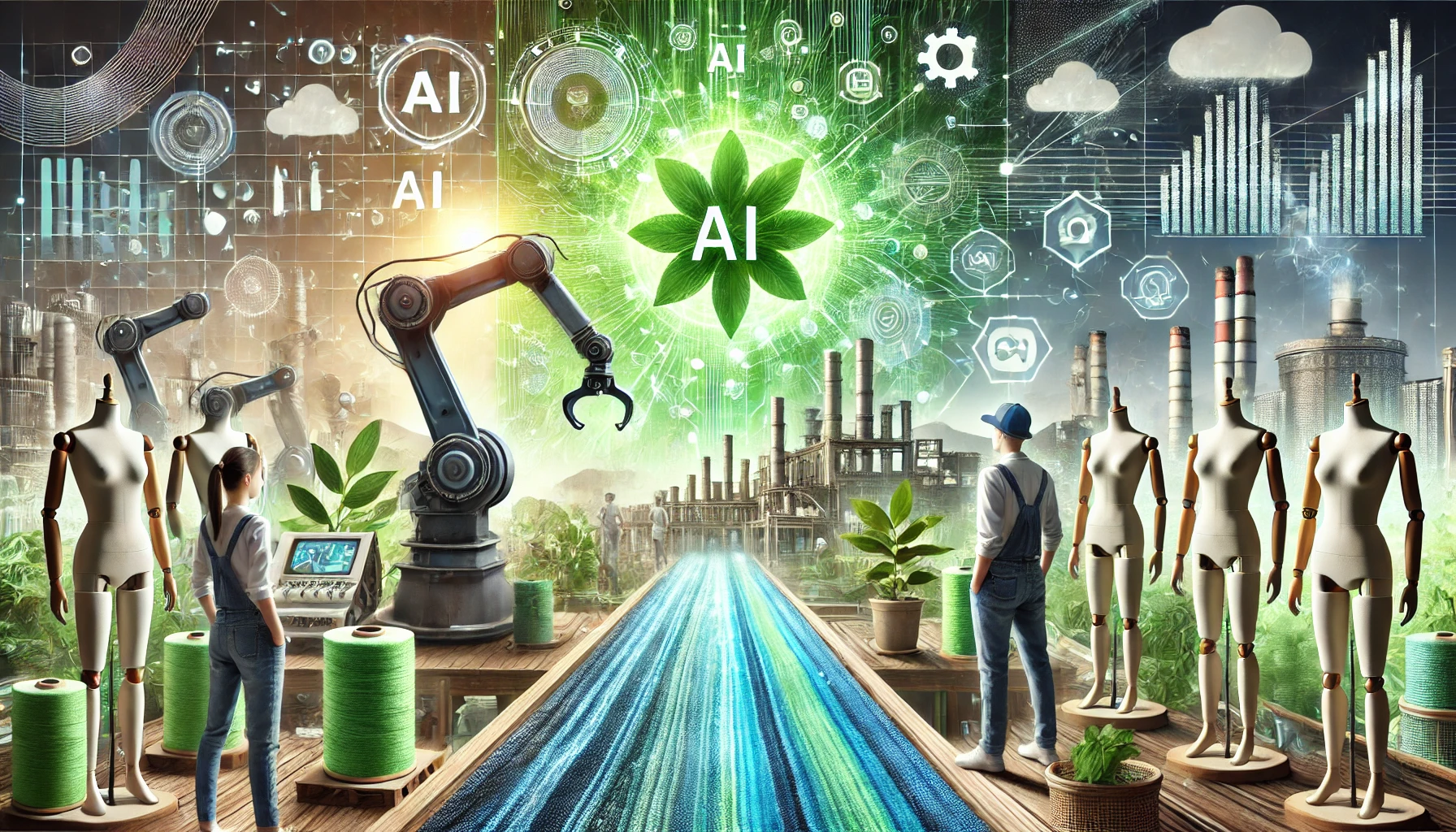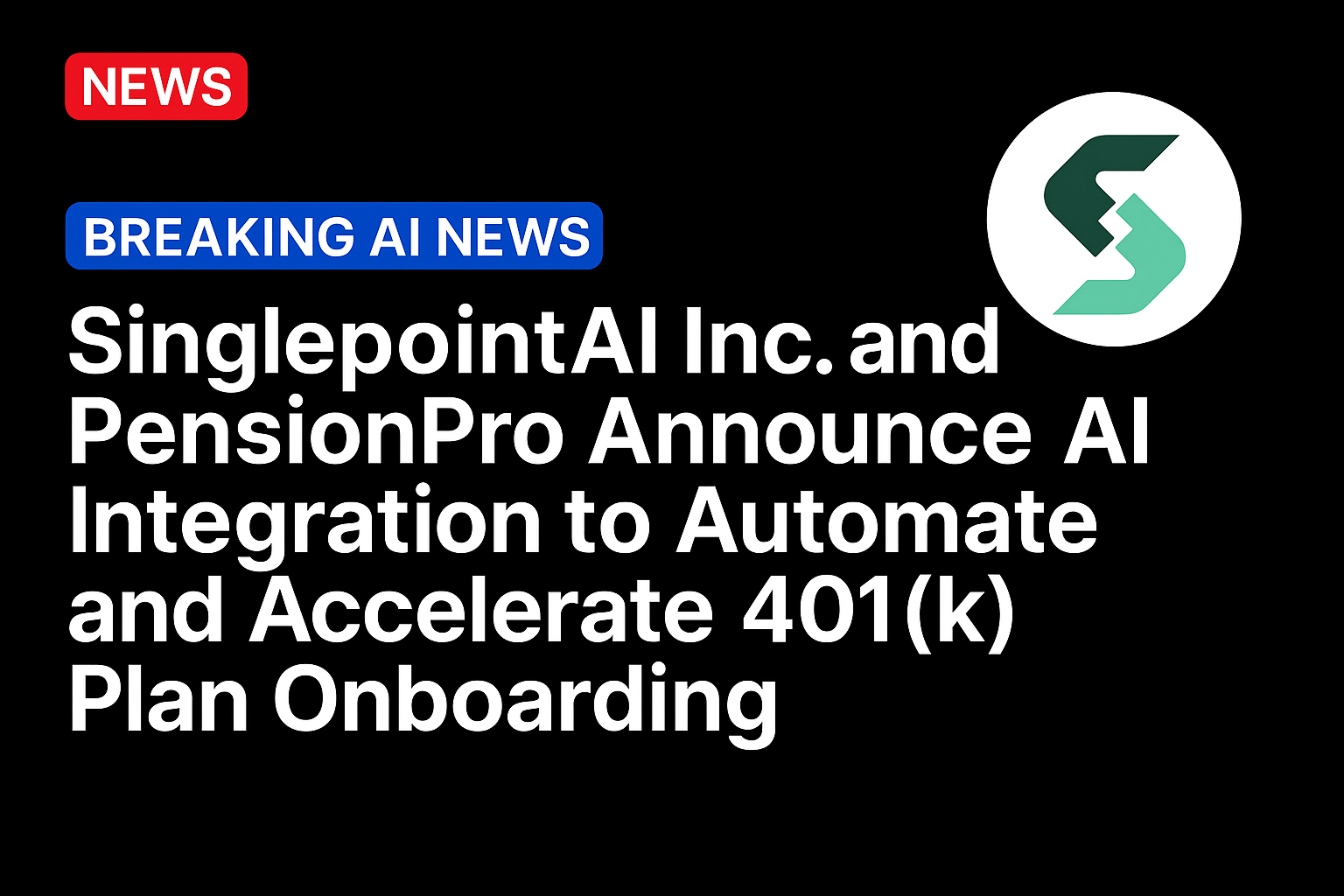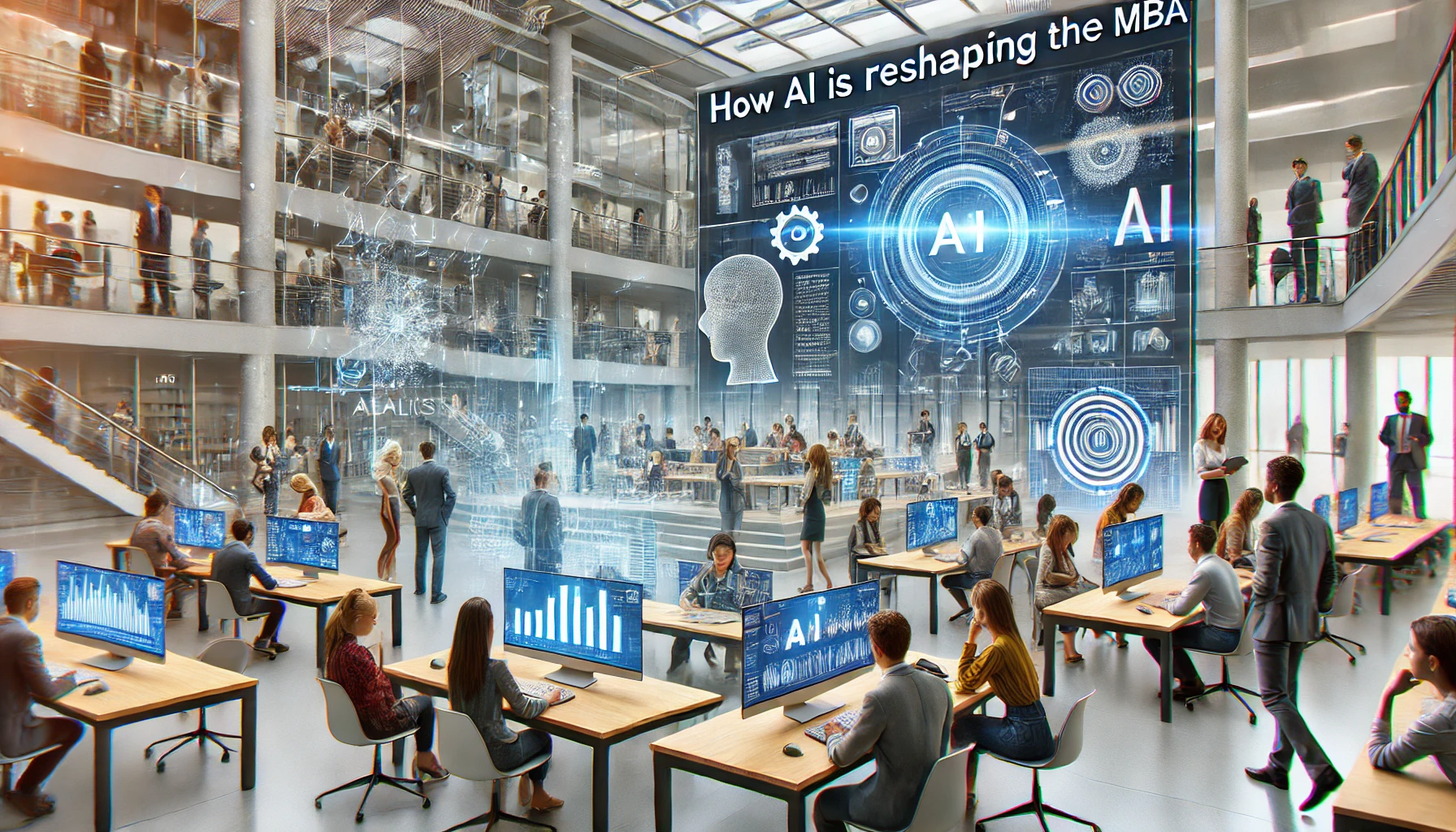The fashion industry is known for its environmental impact, and recent innovations in artificial intelligence (AI) are seen as a solution to reduce waste, improve sustainability, and create more eco-friendly products. However, while AI promises to transform the industry’s environmental footprint, labor advocates warn that it could come at a cost to the workforce.
AI’s Role in Sustainable Fashion
AI’s capabilities are transforming everything from fabric production to supply chain management, enabling companies to predict demand, optimize resources, and reduce waste. With AI-driven insights, fashion brands can select sustainable materials, reduce water and energy use, and minimize their carbon footprint. For instance, machine learning models can forecast trends with remarkable accuracy, reducing overproduction and aligning manufacturing closer to actual consumer demand.
The Cost to Workers
Despite these advances, unions and labor organizations are raising concerns about AI’s potential impact on employment. As companies automate production lines and integrate machine learning, the need for manual labor is expected to decline. This could lead to job losses, particularly in regions where the industry is a primary source of employment. Workers in developing countries, who often rely on the industry for economic stability, are especially vulnerable.
Striking a Balance
The debate around AI in fashion reflects a broader struggle across industries as they work to balance sustainability with fair labor practices. Many argue that companies have a responsibility to integrate AI in a way that also considers the welfare of their workforce. Proposed solutions include retraining programs, investments in worker upskilling, and initiatives to ensure that workers benefit from technological advances rather than being displaced by them.
Looking Ahead
As AI continues to shape the fashion industry, it presents both a challenge and an opportunity. For the industry to truly progress, it will need to adopt a more holistic approach to sustainability—one that considers environmental impact and worker welfare. This vision requires collaboration between brands, governments, and unions to develop policies that foster an AI-driven, sustainable fashion industry that also supports its workers.





